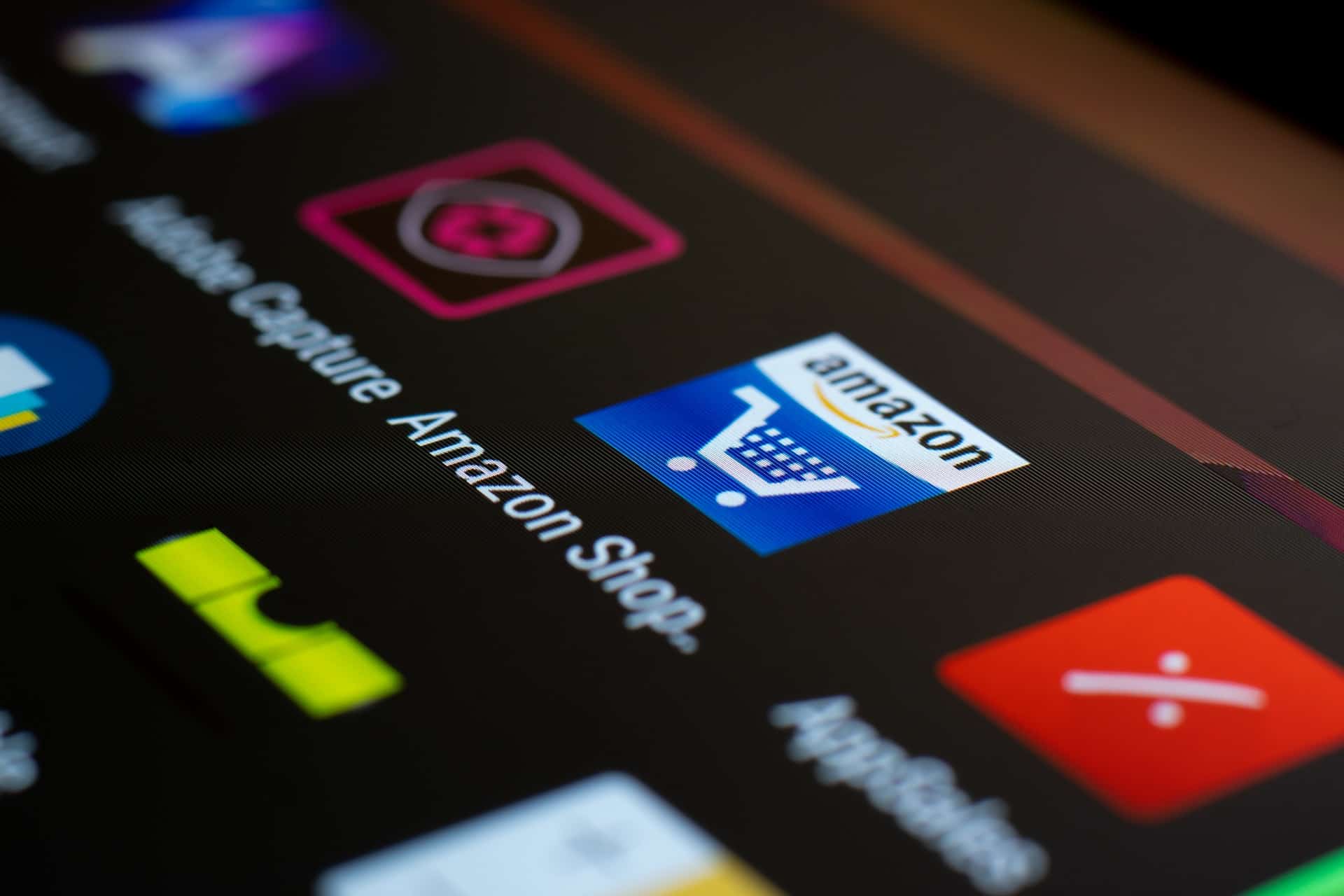
5 Things We Can Learn From Amazon Prime Days
September 16, 2021 - Emily Newton
Revolutionized is reader-supported. When you buy through links on our site, we may earn an affiliate commission. Learn more here.
Amazon Prime Days are annual events where the company’s Prime subscribers get access to exclusive details. The first one happened in July 2015 to celebrate the e-commerce giant’s 20th anniversary, and it lasted 24 hours. However, these events now occur for a longer span. The 2021 Prime Days happened in June for 48 hours. They also included more than 2 million deals globally.
Giving consumers offers they couldn’t pass up paid off for Amazon, too. Estimates indicate that sales reached $11.19 billion during the 2021 Prime Days, making for a 7.6% increase over 2020’s numbers.
Here are five lessons that Prime Days can teach people in the logistics and retail sectors or anyone interested in e-commerce and capitalizing on Amazon’s success.
1. The Spillover Effect Creates Opportunities
Amazon is such a gigantic presence in the e-commerce world that Prime Days often cause other brands to run simultaneous promotions. Those attempt to get people interested in buying from places other than Amazon. If shoppers are already excited about splurging on deals they don’t want to miss, it’s not a stretch for them to shop at other places that have similarly appealing offers.
People in the logistics industry often refer to this phenomenon as the “spillover effect.” Krish Iyer, head of industry relationships and partnerships at ShipStation, noted, “The main trend we need to start tracking is the ‘rising tide that lifts all boats’ phenomenon.” Other retailers and marketplaces are also going to offer special buying incentives at the same time as Prime Day. We’ll need to monitor the spillover effect.”
That was a valid point. During Amazon’s Prime Days event in 2021, Walmart, Target, Kohl’s, and Best Buy were some retailers that confirmed deep discounts. People also expected numerous other brands to follow suit, even without official assurance the sales would happen.
However, other companies must ensure they can meet customer expectations to take advantage of the so-called spillover effect that Prime Days create. For example, if a store incorrectly plans the demand for a sale happening alongside Amazon’s event, it could leave customers feeling disappointed and angry.
2. Companies Must Gauge Consumer Tolerance
Amazon achieves consistently fast delivery times. That’s particularly true for Prime members, who get the convenience of two-day delivery. That speedy timeframe doesn’t always hold during times of intense demand, however. The COVID-19 pandemic was one example, particularly as people flooded the site with orders for essential and non-essential items when the world faced shortages.
During an earnings call with investors, Amazon’s chief financial officer Brian Olsavsky confessed, “While we generally have experience in getting ready for spikes in demand for known events like the holiday season and Prime Day, we also generally spend months ramping up for these periods. The COVID crisis allowed for no such preparation.”
Reporters from an NBC affiliate news outlet in the southeastern United States suggested the same thing could happen during the 2021 Prime Days. For example, they found a Blink mini camera highlighted on Amazon’s front page during the deals event. Since that gadget was such a hot seller, the earliest estimated delivery times were two weeks past the promised two-day window for Prime members.
That’s because Amazon only starts the two-day shipping clock once an item leaves the warehouse. It doesn’t factor in any potential delays stemming from the need to replenish products to fill open orders.
Retailers must realize that the key is to assess how much customers will tolerate possible logistical delays. If people get a deep discount on a computer or a TV, are most willing to wait up to a week to get it instead of receiving the order in two to three days?
One potential strategy is to be transparent with customers on the product page and explicitly mention potential slowdowns. Then, shoppers have the details they need to decide whether they’re willing to wait.
3. Engaging in Quality Management Strategies Brings Success
Amazon continually participates in quality improvement and management efforts, whether by making packaging easier to open or setting standards for the third parties that sell on Amazon Marketplace. For example, Amazon gives examples of issues that could get products removed from the site.
It’s also helpful that Amazon offers a 30-day return policy for most items on the site. In many cases, a refund or return process generates a prepaid shipping label that a person only needs to attach to the packaging before sending a parcel.
Amazon also typically has extremely detailed product descriptions, complete with bullet points, sections, and measurements. It also helps that the site often has hundreds or thousands of reviews for popular products. Such content helps people avoid feeling uncertain or confused before purchasing during Prime Days or otherwise.
These characteristics collectively help get customers more interested in Prime Days. They know Amazon commits to high-quality operations and won’t let them down, even as demand spikes. The company is far from perfect, but customers frequently agree that it’s dependable.
Other retailers should consider how to boost or maintain quality, too. Doing so should keep existing customers interested while attracting new ones.
4. Product Availability Drives Interest
People love getting great deals. However, they’re understandably less enthusiastic when getting promotional messages about products and discovering the items sold out before they got to the website and attempted to purchase them.
Consumers will quickly get fed up if all or most of the products they intend to purchase are ultimately sold out online. Dealing with this issue means accurately predicting shopper demand and ensuring the supply chain infrastructure can handle it.
One potentially useful way to do this moving forward is to look at which Amazon product categories achieved the highest sales during the 2021 Prime Days. Retailers can then combine that information with any details they have about which items their customers have previously wanted most.
A study from Numerator indicated that household essentials, home and garden, and apparel and shoes were the top purchase categories during Prime Days this year. Then, the statistics showed that a quarter of shoppers got consumer electronics items. Another interesting takeaway was that one in five people purchased groceries during the event.
Retailers and logistics professionals should ideally look at their whole supply chain and see what must happen to raise the likelihood of people getting the products they want. When it’s impossible to secure the necessary supplies, the next best strategy is to clearly inform people of limited product quantities. Setting expectations is a practical way to avoid customer distress and make them aware of possible supply chain issues. Adding online functionality that lets people check order statuses or estimated restock dates also cuts down on customer service calls.
5. Unintended Consequences Could Cause Supply Chain Snafus
Amazon workers often use Prime Days as opportunities to strike, demanding changes in working conditions, wages, or other specifics. For example, a German workers’ union has organized several walkouts coinciding with the e-commerce company and urged people elsewhere to follow suit with the industrial action. The ideal scenario would mean giving workers no reason to feel displeased, but that’s sometimes infeasible at large companies like Amazon. It’s not always practical elsewhere, either.
The better approach is to plan for possible circumstances involving employees or other vital supply chain elements, then look at the ways to reduce those risks before highly anticipated sales events occur. For example, that might mean having frank discussions with workers and attempting to find a middle ground regarding their demands. Perhaps it’s impractical to meet all of them immediately, but could a company address some of them now and commit to keeping the matters as top-of-mind concerns?
Of course, supply chain issues could span beyond disgruntled employees. Rick Watson, founder and CEO of New York-based firm RMW Consulting, suggested that numerous factors would continue causing problems, especially for inbound goods.
“As we get through Amazon Prime Days, most retailers were worried about it [in advance], and now that focus will shift to the holidays. It is like they are hitting a button on the supply chain, and nothing is coming out the other end, and they are having frantic conversations with suppliers for when they can expect inventory,” he noted.
Now is the ideal time for logistics professionals to assess where weaknesses exist and develop strategies to conquer them. When Amazon has supply chain struggles, smaller leaders at smaller companies realize their businesses could, too.
Useful Lessons Abound
Logistics workers can still learn a lot from Amazon Prime Days, even if working for much smaller companies. Amazon is a logistics leader in many respects. Paying attention to how the company runs sales events can shape other brands’ goals, whether they’re to grow profits, avoid problems, or reach another milestone.
Revolutionized is reader-supported. When you buy through links on our site, we may earn an affiliate commission. Learn more here.
Author
Emily Newton
Emily Newton is a technology and industrial journalist and the Editor in Chief of Revolutionized. She manages the sites publishing schedule, SEO optimization and content strategy. Emily enjoys writing and researching articles about how technology is changing every industry. When she isn't working, Emily enjoys playing video games or curling up with a good book.






